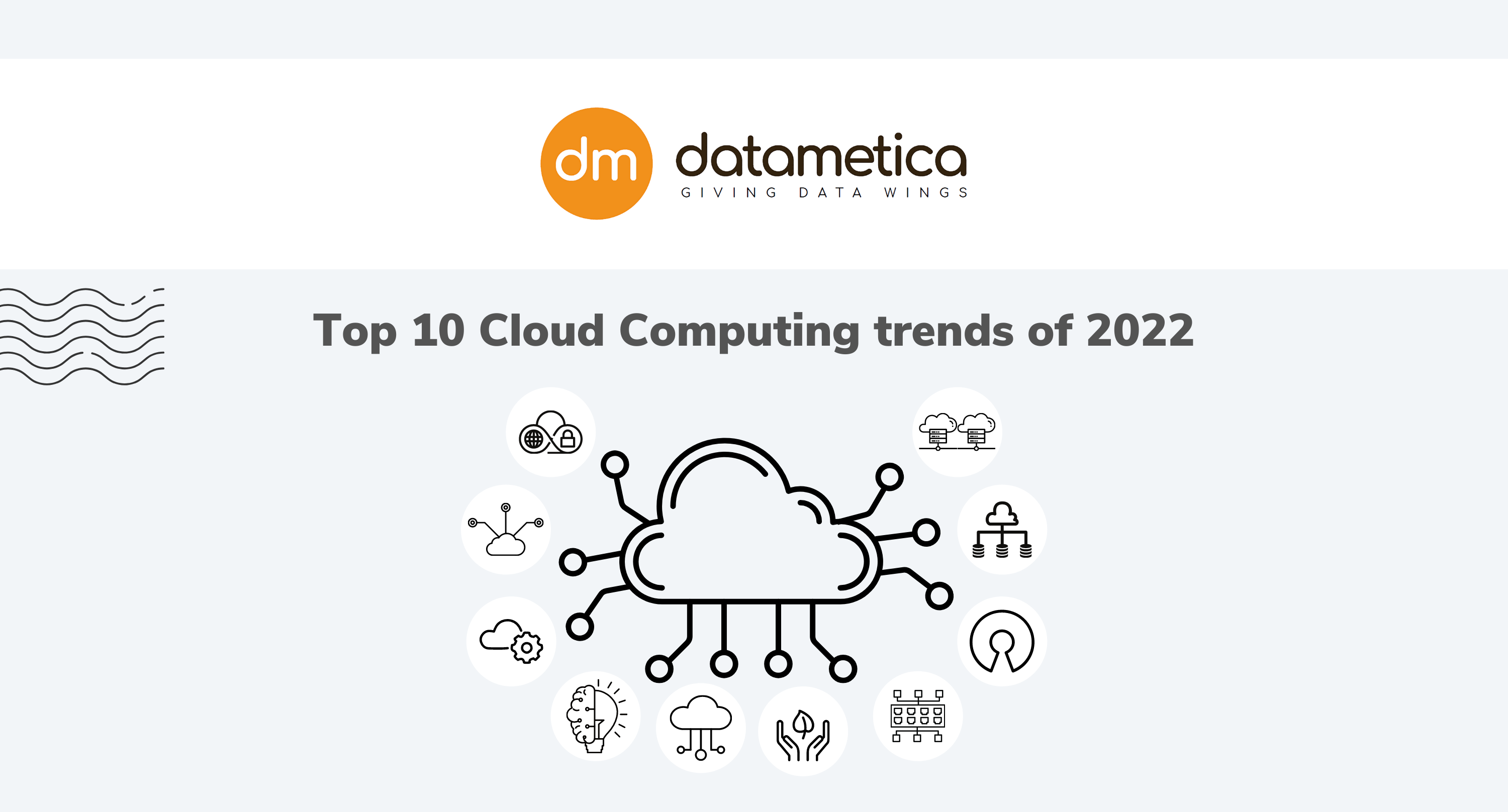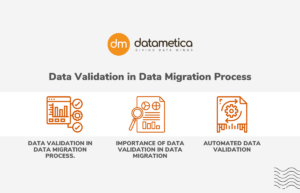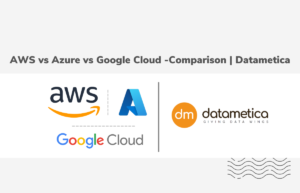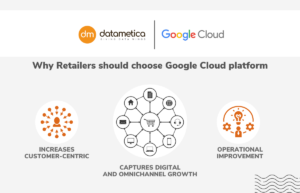The technology space has seen a tremendous change over the past couple of years which is not limited just to the field of Information technology. The pandemic has resulted in a boom in the IT industry as people have moved to remote and hybrid work environments, data-driven business models, and global supply networks. In this scenario, the future of cloud computing has emerged to be one of the most essential aspects to consider for all kinds of businesses.

Let us now have a look at the top 10 cloud computing trends which will take over the world in the year 2022.
- Hybrid Cloud
A hybrid cloud is a cloud computing model that comprises a mixture of private cloud, on-premises, and third-party, public cloud services with coordination between these platforms. Most large-scale businesses across the industries are now opting for a Hybrid cloud model. The traditional private cloud model offers efficient handling of sensitive data, while the public cloud models are suitable for billing and resource flexibility. This hybrid model offers advantages of both the cloud models with features such as data privacy, better security, more tools, better dashboards, etc.
- Multi-Cloud
Multi-Cloud is a cloud computing model where a combination of cloud platforms is used. It can be two or more public clouds, two or more private clouds, or a combination of both public and private clouds. According to a study conducted by Accenture, 93% of companies are opting for a multi-cloud strategy due to its flexibility that enables the companies to adopt multiple cloud services from different cloud providers. This allows the companies to use their resources more efficiently.
- Edge Computing
In this type of cloud computing, the computation is undertaken at or in the close proximity of the physical location of the data source. It is a cloud network system optimization method. This method will be especially beneficial with the telecom and IT industries as it helps in saving time and reduces lag in commands and cycle time.
- Sustainability
Sustainability is the keyword in the coming years, and cloud computing can become one of the biggest trends in 2022 as it can reduce CO2 emissions by 59 million tons a year. The last couple of years has shown the world that only the businesses that have incorporated sustainability in their value system will be cherished by their customers. Therefore we can say that cloud computing can have a positive impact on the environment which will be benefited by the customers and businesses alike.
- Cloud Automation
Automation makes life easier for all the entities involved. Cloud leverages automated services that can create a secure and efficient environment for a business. Cloud computing offers features such as Dashboards which enables the businesses to view all their activities on a single window, and simultaneously offers a chance to explore machine learning. Cloud computing also helps a business to create a secure infrastructure. All these features of cloud computing equipt a business to create more data and overcome existing challenges.
- Containerization
The term containerization involves wrapping an application and all its dependencies in a condensed API library. It helps storing and moving all the components in a very effective way, thereby reducing the cost and efforts. Containerization also helps to improve scalability, security, and load times by a definite margin. Also, as this concept includes encapsulating all the components and servers together it also saves hardware and maintenance costs.
- Artificial Intelligence
Due to Cloud Services, Artificial Intelligence is now becoming available to more and more businesses. With the help of artificial intelligence, medium and small-scale businesses can use functions such as Machine learning, knowledge graphs, basic content creation, etc.
- Serverless computing
Serverless computing, also called ‘Functions as a Service’, is the next big thing in the cloud computing arena. It facilitates a pay-as-you-go service that offers cloud computing to businesses without having them buy or lease servers. It also is the fastest-growing subgroup of Platform as a Service (PaaS).
- Open Source
An open-source cloud service simply means a cloud that can be customized by anyone according to their requirements. An open-source platform has many advantages over others, such as scalability and ease in adding highlights and features.
- Data Fabric
The best thing about Data Fabrics is that it makes the Data available anytime and anywhere. It is a flexible distributed data management architecture that can be used consistently with different endpoints. Here, the data is uniform and is made available across different sites, cloud services, and edge devices.
By looking at all the above trends we can summarize that the technology space is rapidly becoming a shared space, and cloud computing is the way to move forward if a business wants to keep up with the changing times.
Datametica’s expertise in cloud technologies deployment, cloud migration, and data platform modernization can enable you to leverage this new technology landscape and make all your cloud digital transformation endeavors successful.
.
.
.
About Datametica
A Global Leader in Data Warehouse Modernization & Migration. We empower businesses by migrating their Data/Workload/ETL/Analytics to the Cloud by leveraging Automation.



